Heritage place 20: South Solitary Island (New South Wales)
South Solitary Island lighthouse, built in 1880, epitomizes the popular image of a romantic isolated light station. Building supplies and later living supplies had to be lifted by crane onto the island, which was often difficult due to rough seas and high winds.
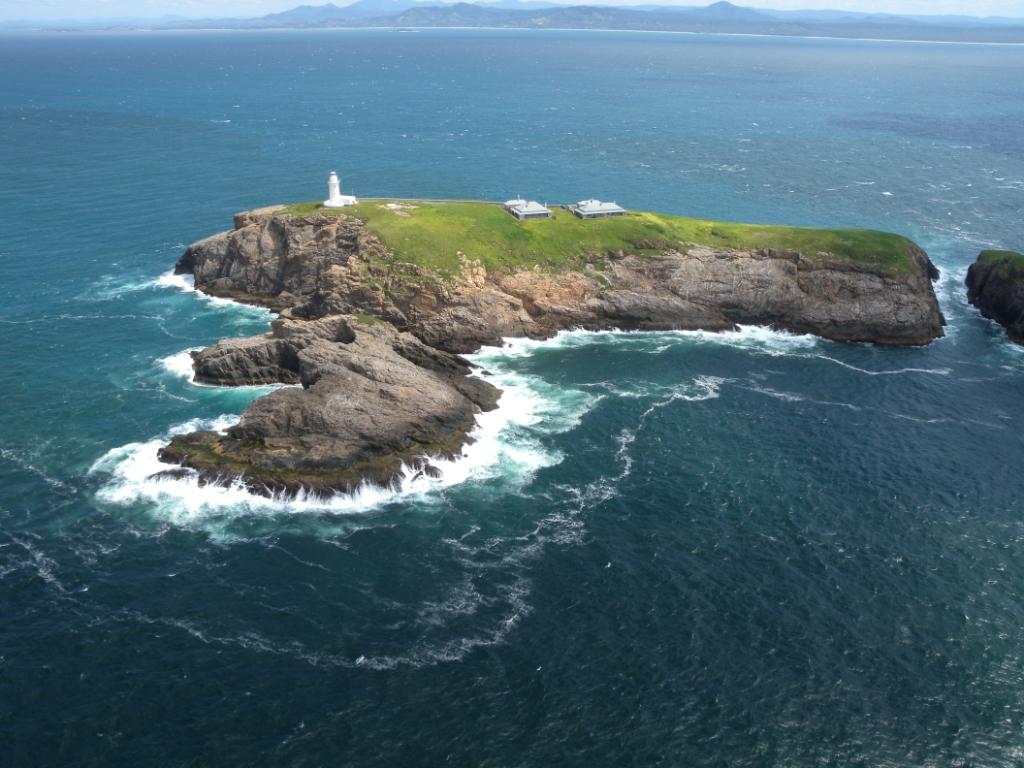
| 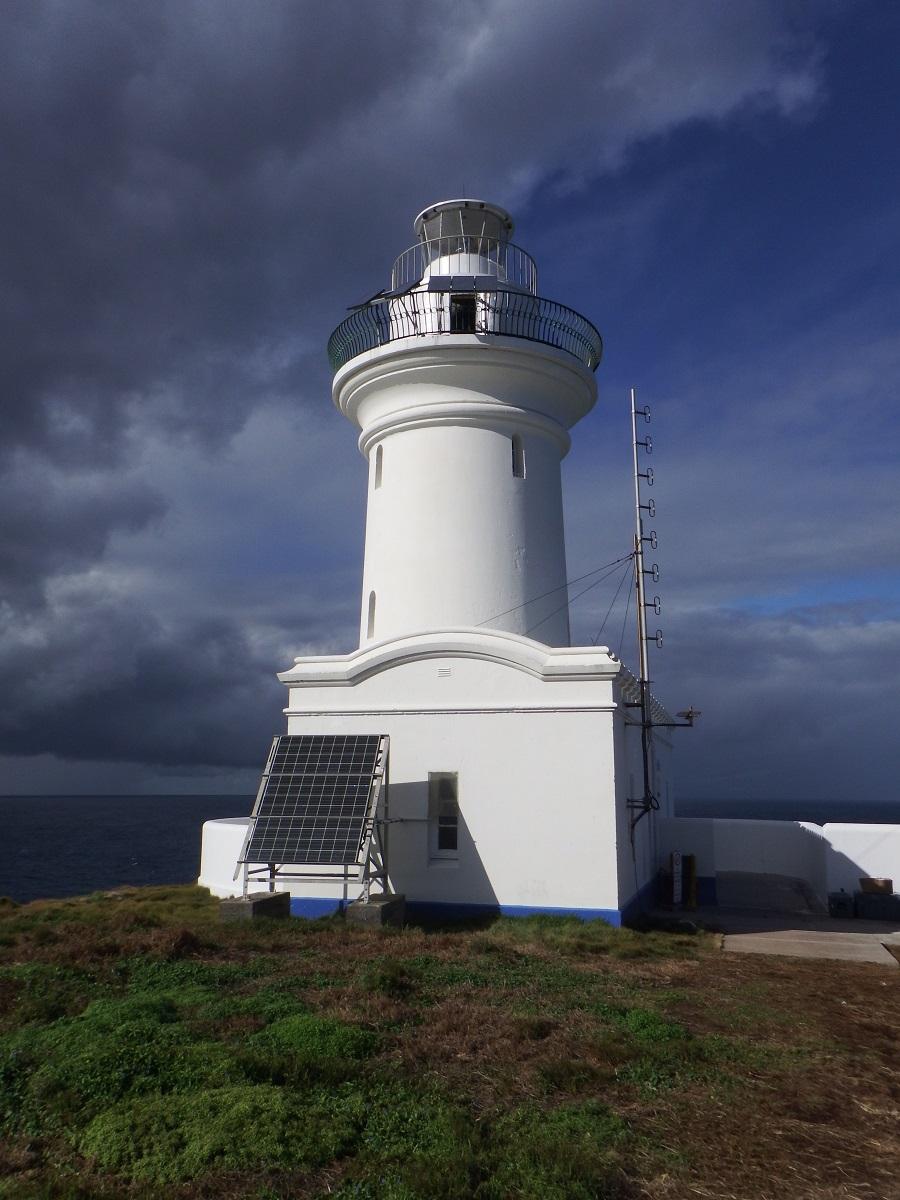
|
Heritage place 22: Cape Byron (New South Wales)
Cape Byron lighthouse was built in 1901 on the most easterly point of Australia’s coast. Cape Byron lighthouse is a major tourist attraction and underwent major works in 2020. Tours of the lighthouse are available for visitors to the site.
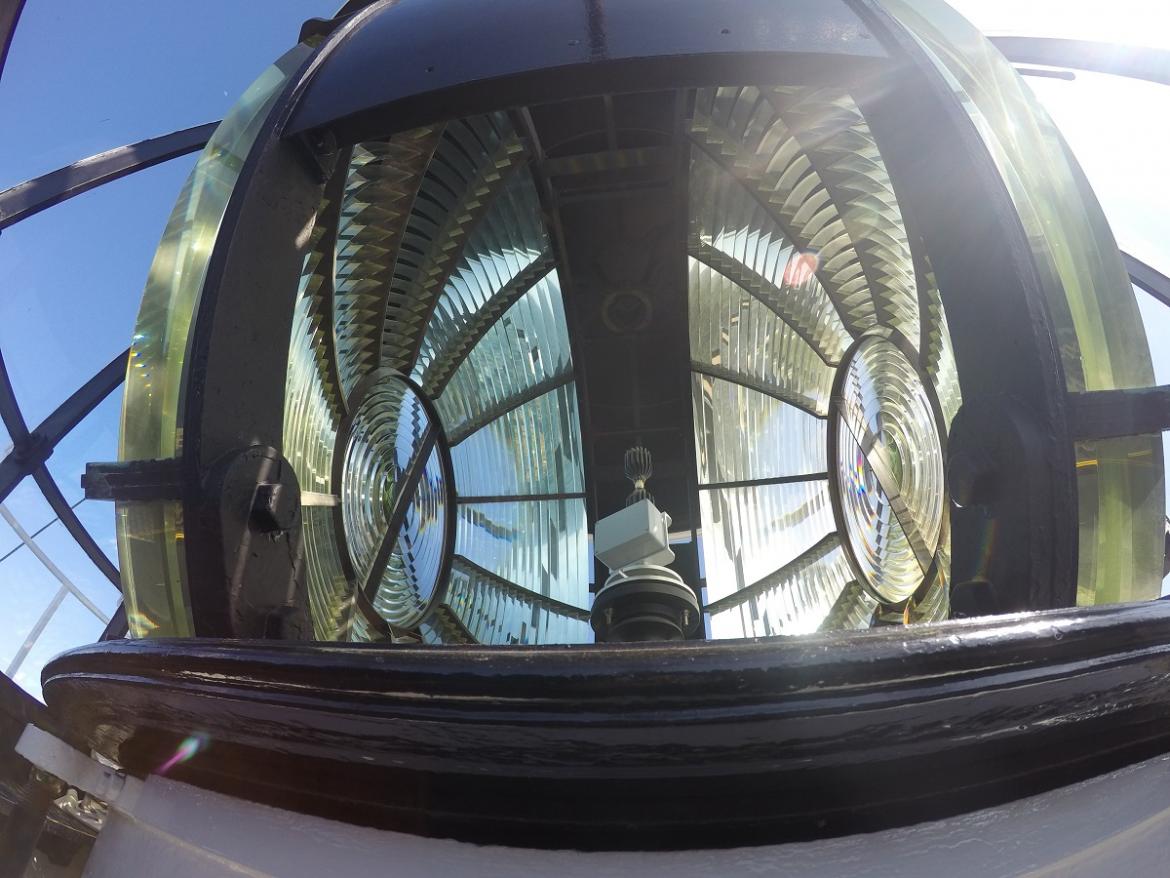
| 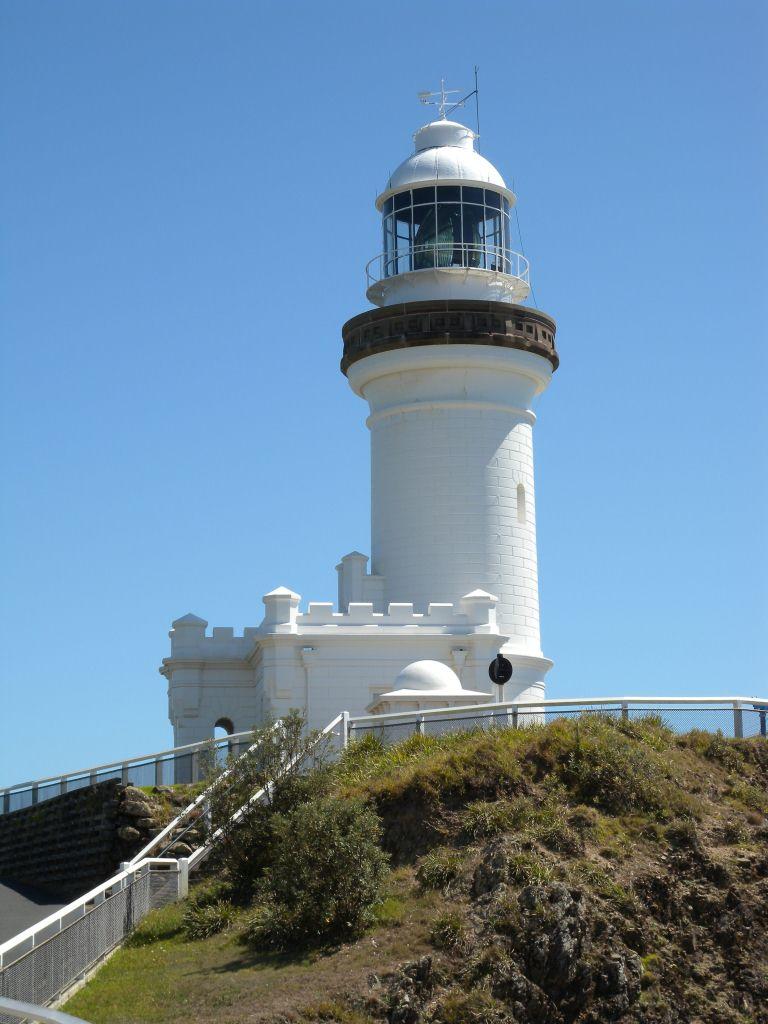
|
Heritage place 23: Macquarie (New South Wales)
The first lighthouse on this site was designed by the convict architect Francis Greenway and built in 1818. This was replaced in 1883 by the current tower designed by James Barnet. The lighthouse is open to the public under an access licence agreement between AMSA and the Sydney Harbour Federation Trust.
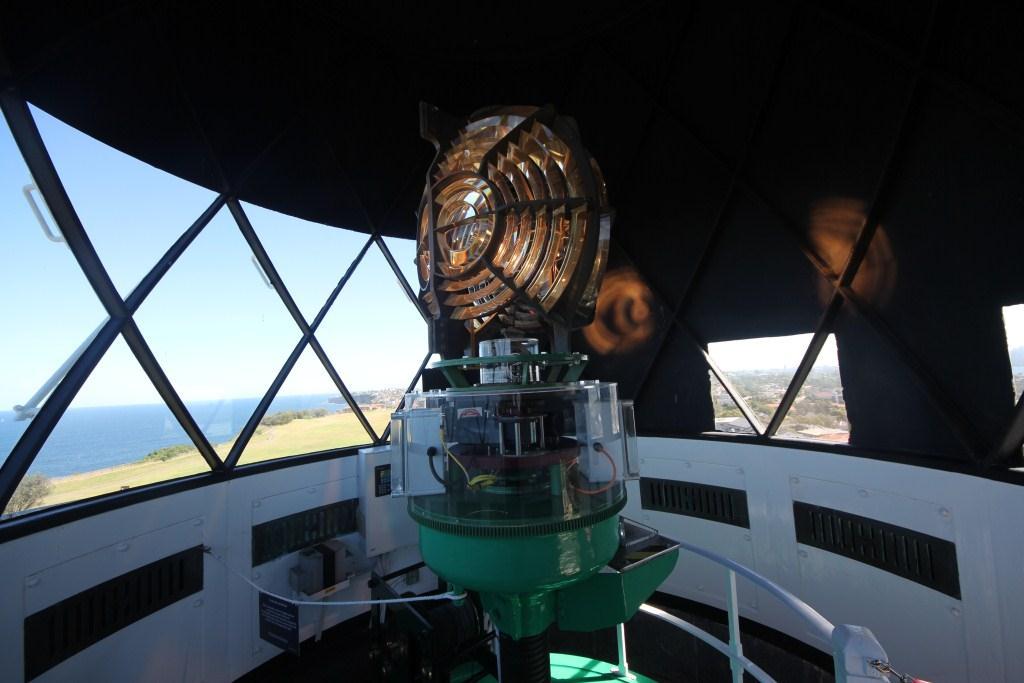
| 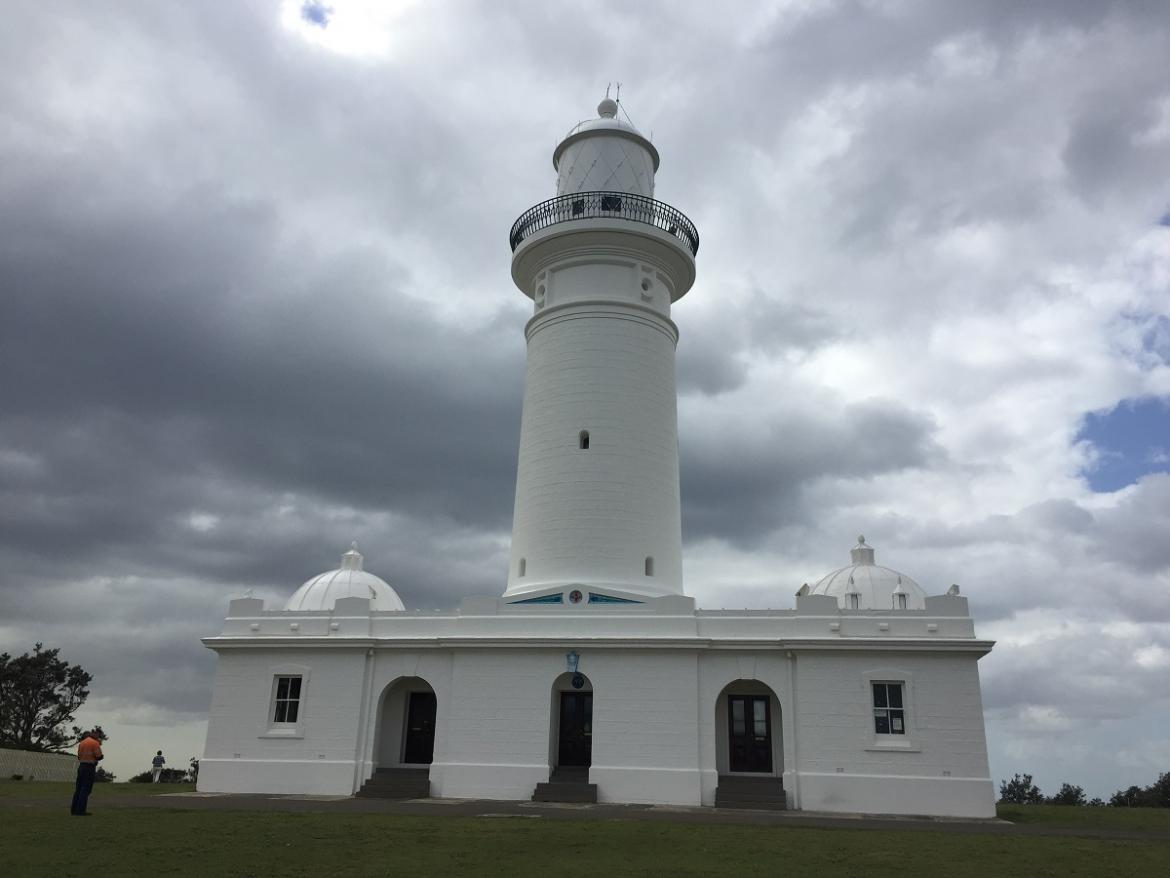
|

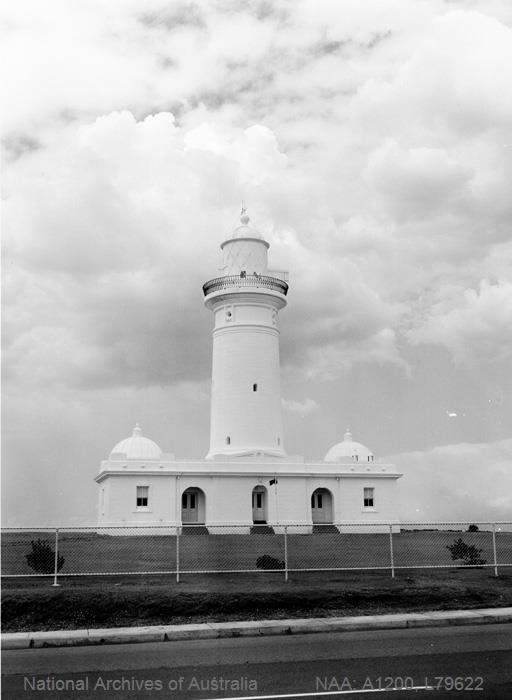
Heritage place 24: Montague Island (New South Wales)
Montague Island lighthouse, first lit in 1881, was designed by James Barnet and took almost four years to complete. Although originally fitted with a first order Chance Brothers lantern and lens, the isolated outpost of Montague Island was converted to solar power and de-staffed in 1986.
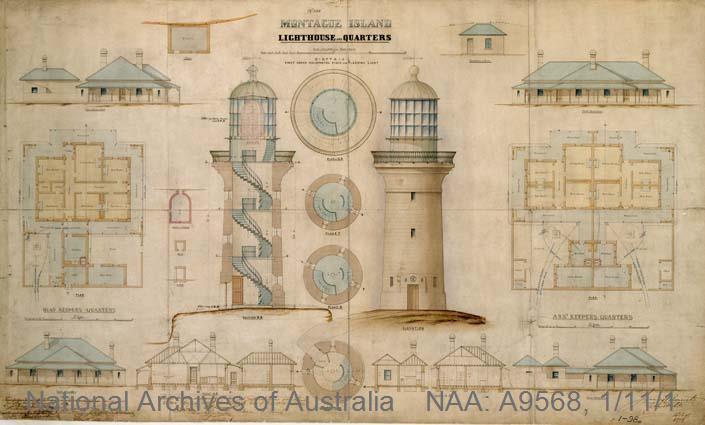
| 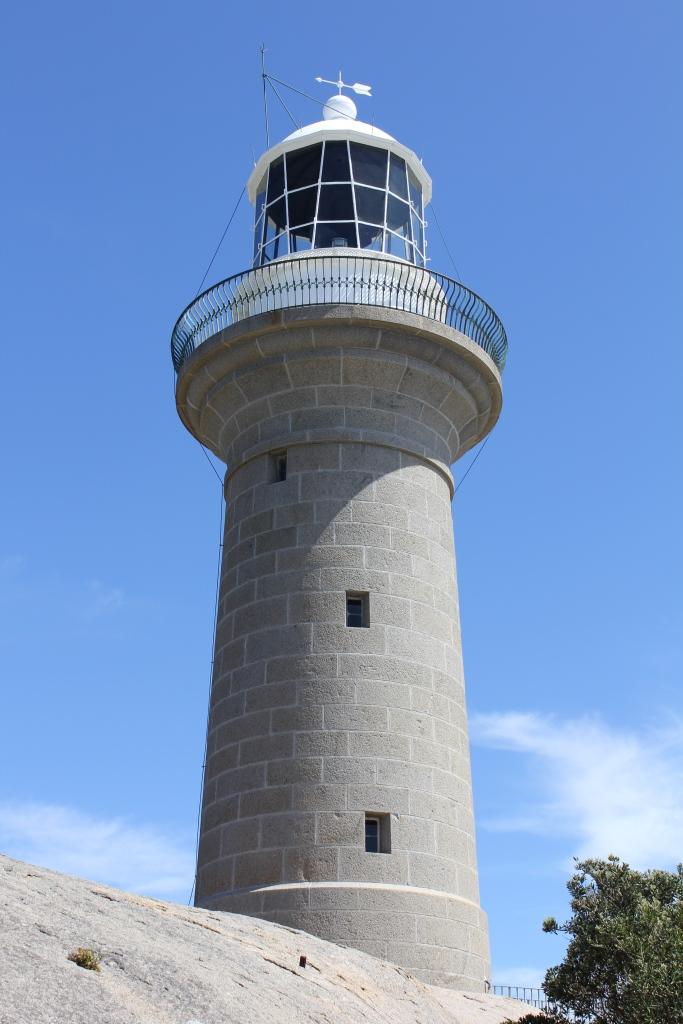
|
Heritage place 26: Cliffy Island (Victoria)
Cliffy Island lighthouse was built in 1884 on the largest of a group of granite outcrops known as the Seal Islands, close to Wilsons Promontory. Access to the island from the sea is very difficult. When it was a staffed light station people and supplies had to be winched up and down the steep cliffs from a platform on the cliff edge.
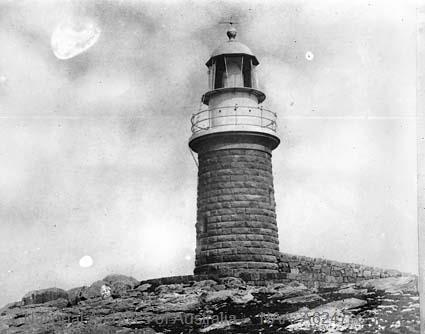
| 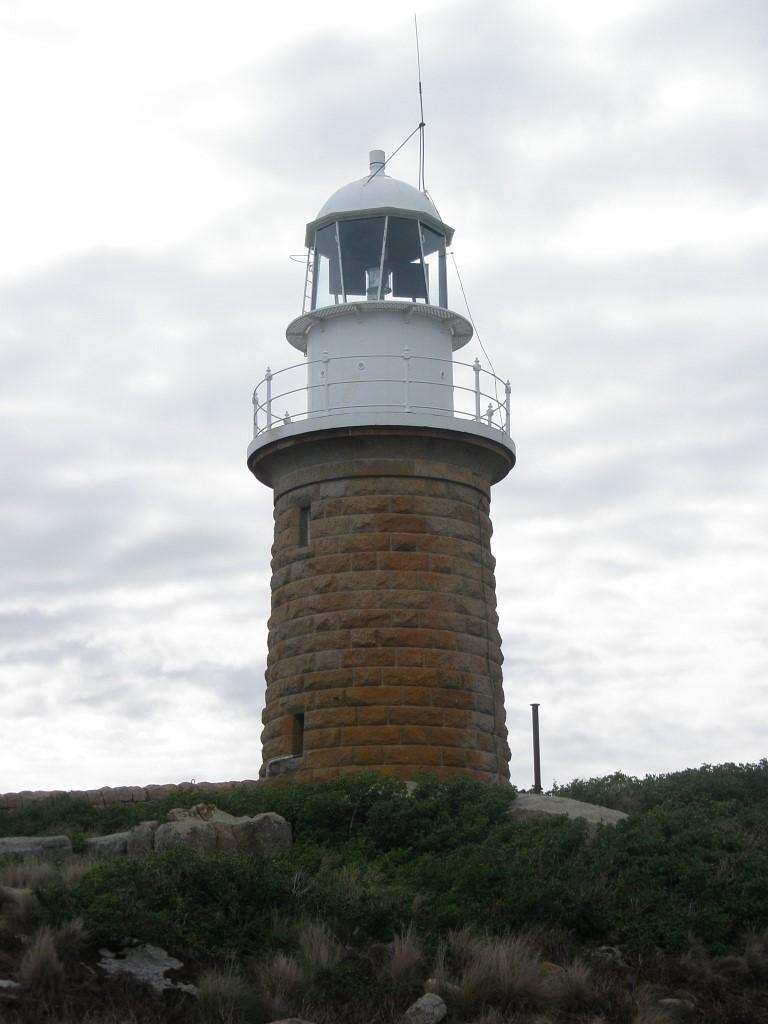
|
Heritage place 29: Gabo Island (Victoria)
The granite tower of Gabo Island lighthouse stands sentinel at the border between New South Wales and Victoria. It was built in 1862, to replace the original light constructed in 1853. Gabo Island is accessible by boat and light plane and tours of the lighthouse are available via Parks Victoria in nearby Mallacoota.
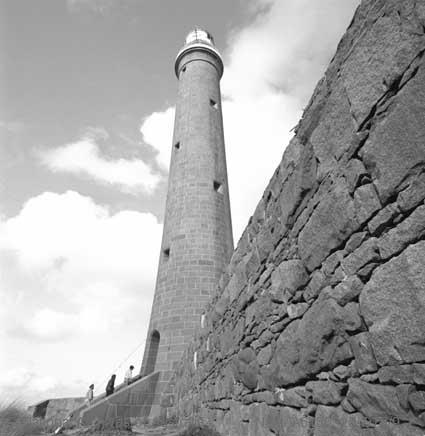
| 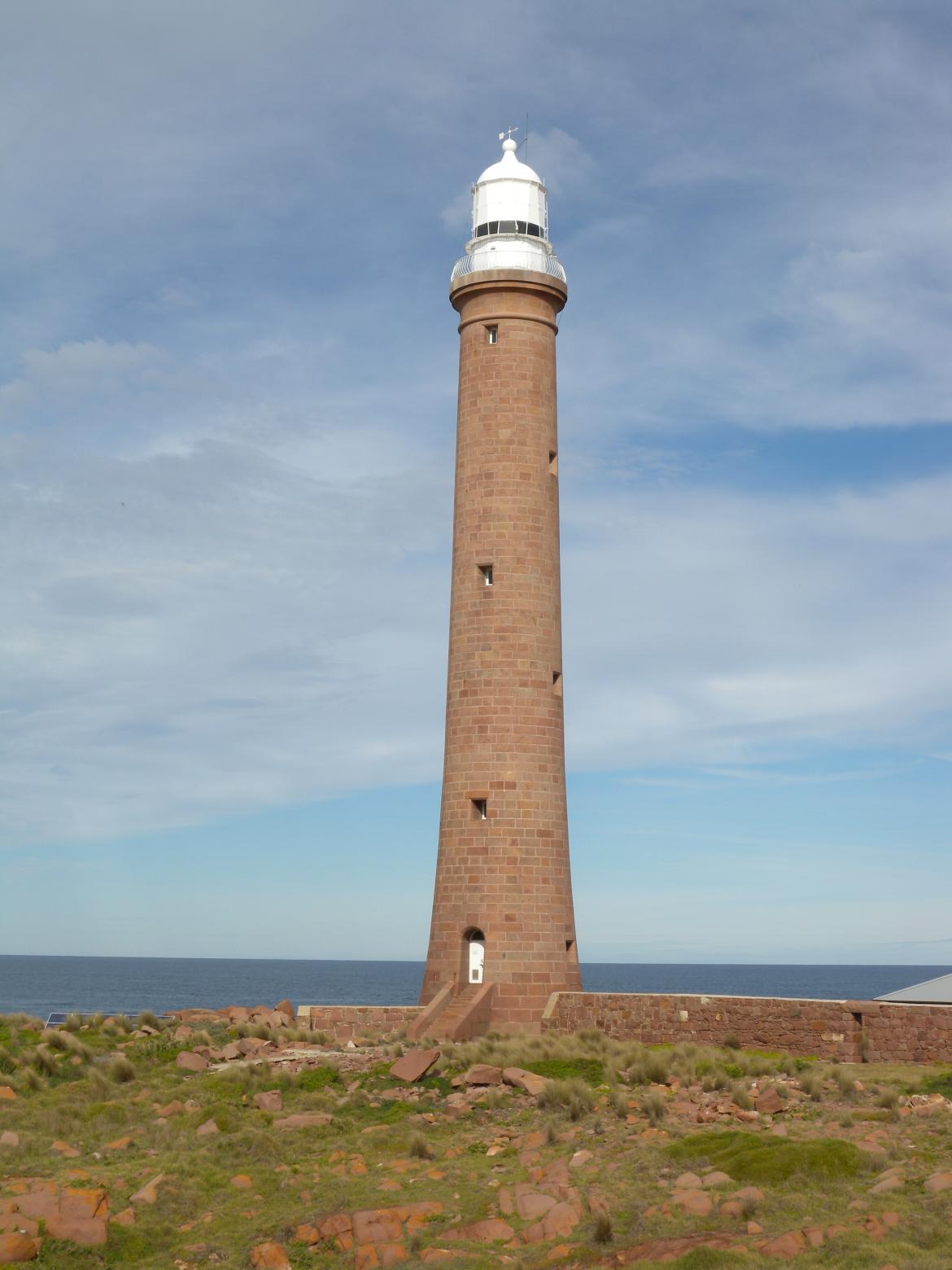
|
Heritage place 56: Althorpe Island (South Australia)
Althorpe Island lighthouse is located 7km off the Yorke Peninsula in South Australia. The 20-metre-tall tower was built in 1879 of solid limestone with internal floors of Mintaro slate.
The light was de-staffed in 1991 but continues to serve as an automated aid to navigation.
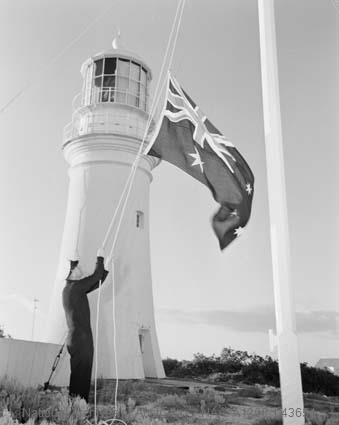
| 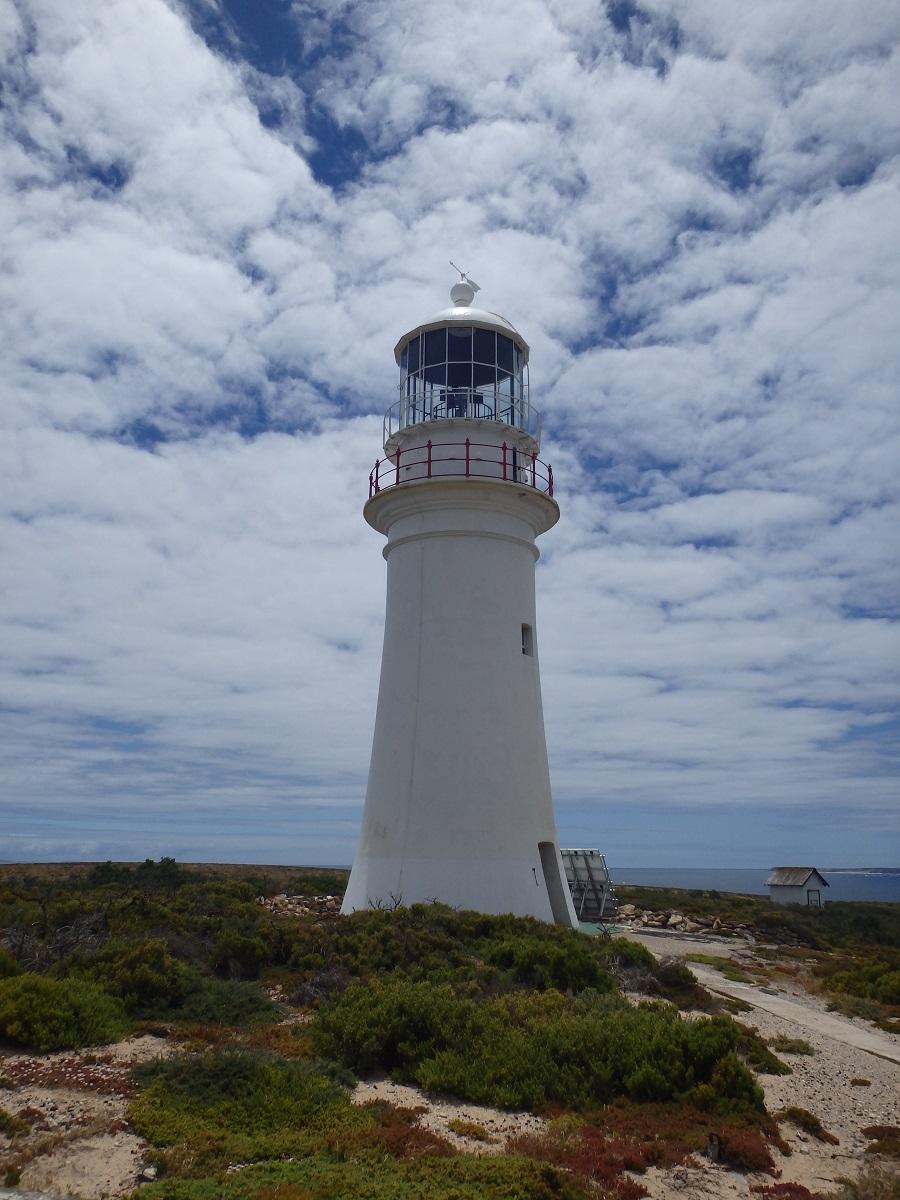
|
Heritage place 28: Cape Schanck (Victoria)
Cape Schanck lighthouse was first lit in 1859 on a prominent headland at the southern end of the Mornington Peninsula. The lighthouse was affectionately known as ‘the retirees light’ due to its proximity to Melbourne. The lighthouse is unique for its use of a shuttering system to distinguish between the display of its white and red lights. Tours of the lighthouse are available for visitors to the site.
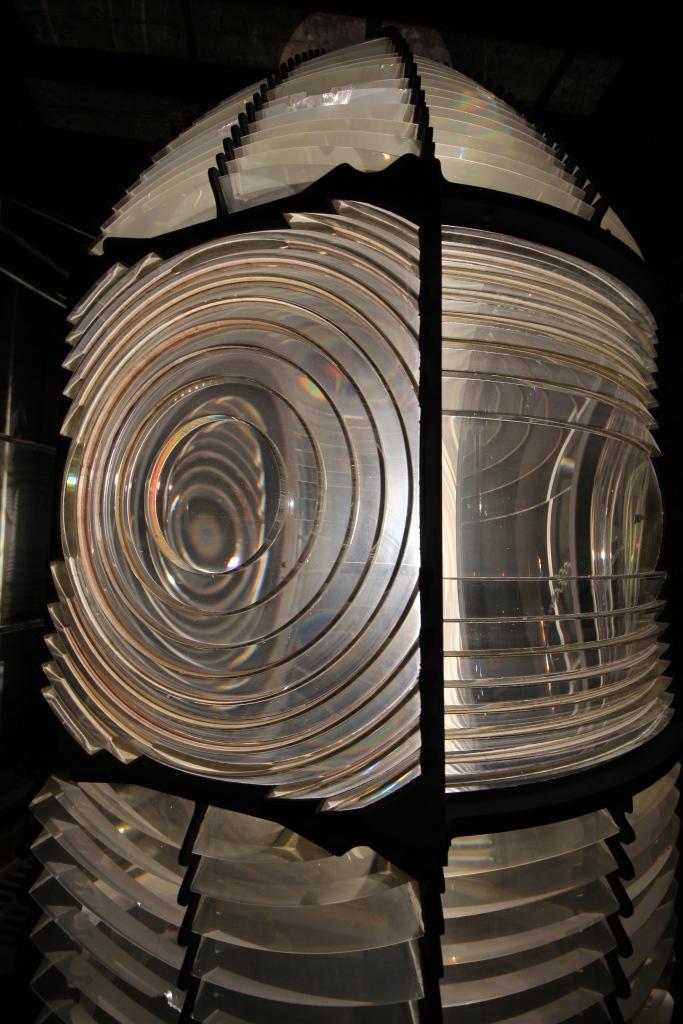
| 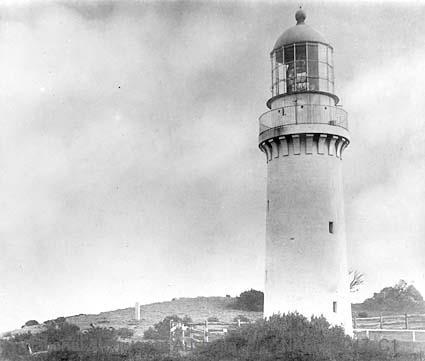
| 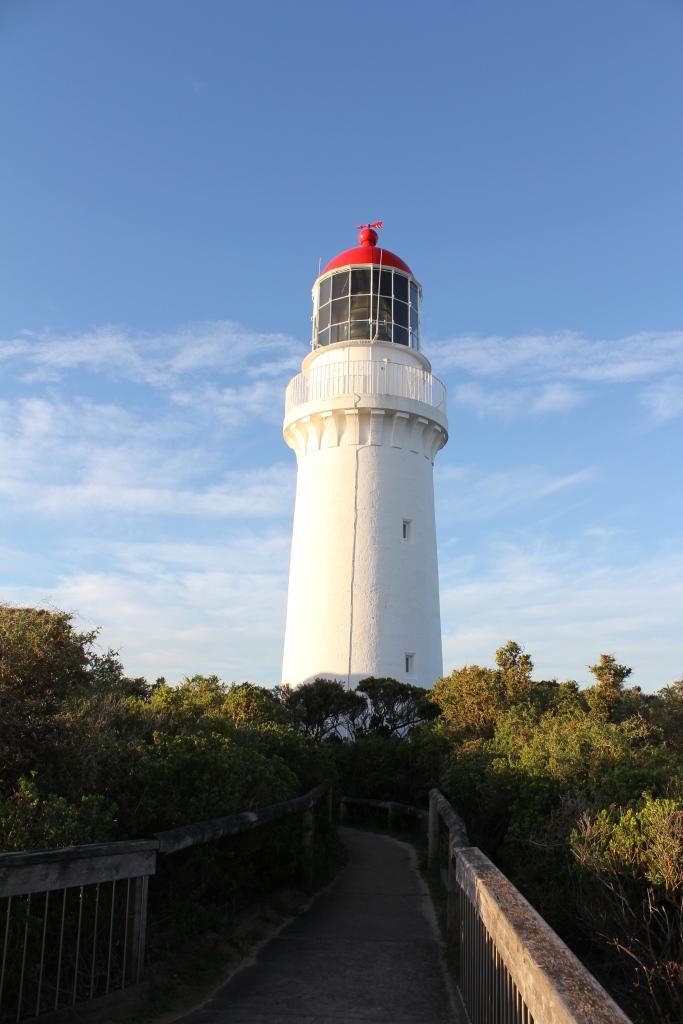
|
Heritage place 30: Wilsons Promontory (Victoria)
Built on mainland Australia’s most southerly point, Wilsons Promontory lighthouse was lit in 1859 to aid the shipping traffic moving between Sydney and Melbourne. The lighthouse is constructed of granite quarried on the site. Tours of the lighthouse are available for visitors to the site.
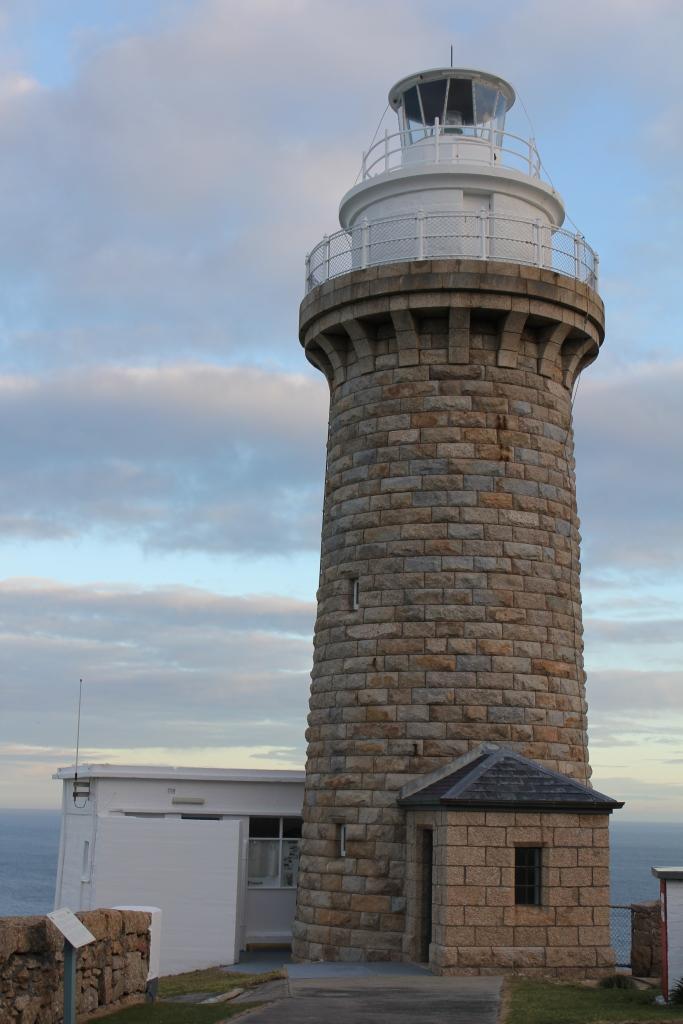
| 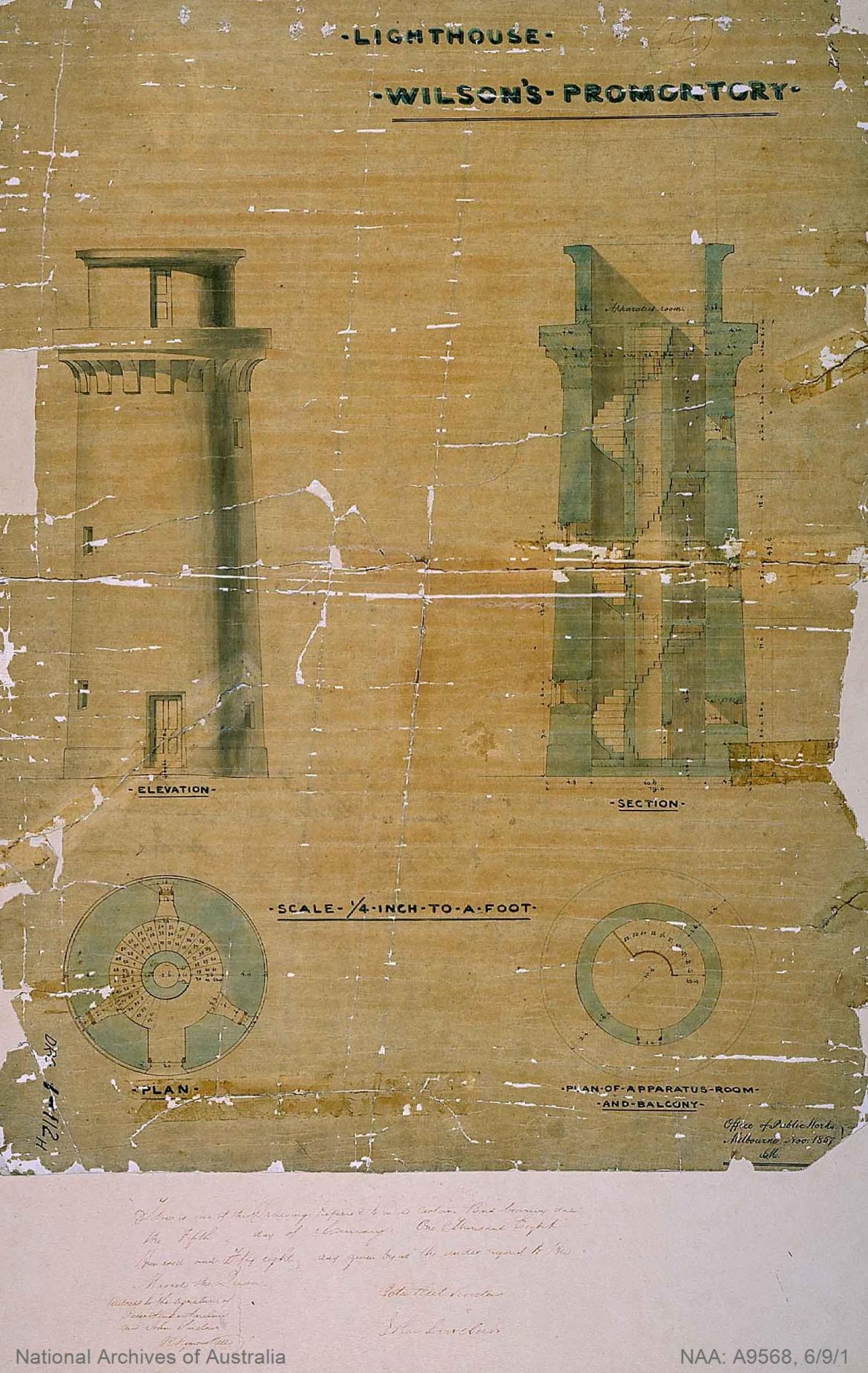
|
Heritage place 31: Cape Don (Northern Territory)
The isolated light station at Cape Don was first lit in 1917 to guide mariners through Dundas Strait, between the Cobourg Peninsula and Melville Island, a well-used path for ships approaching Darwin. During the Second World War there was a RAAF radar station at the site to watch the northern and eastern approaches to Darwin.
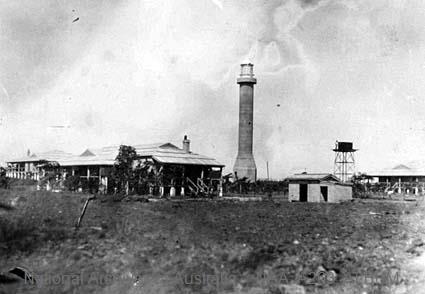
| 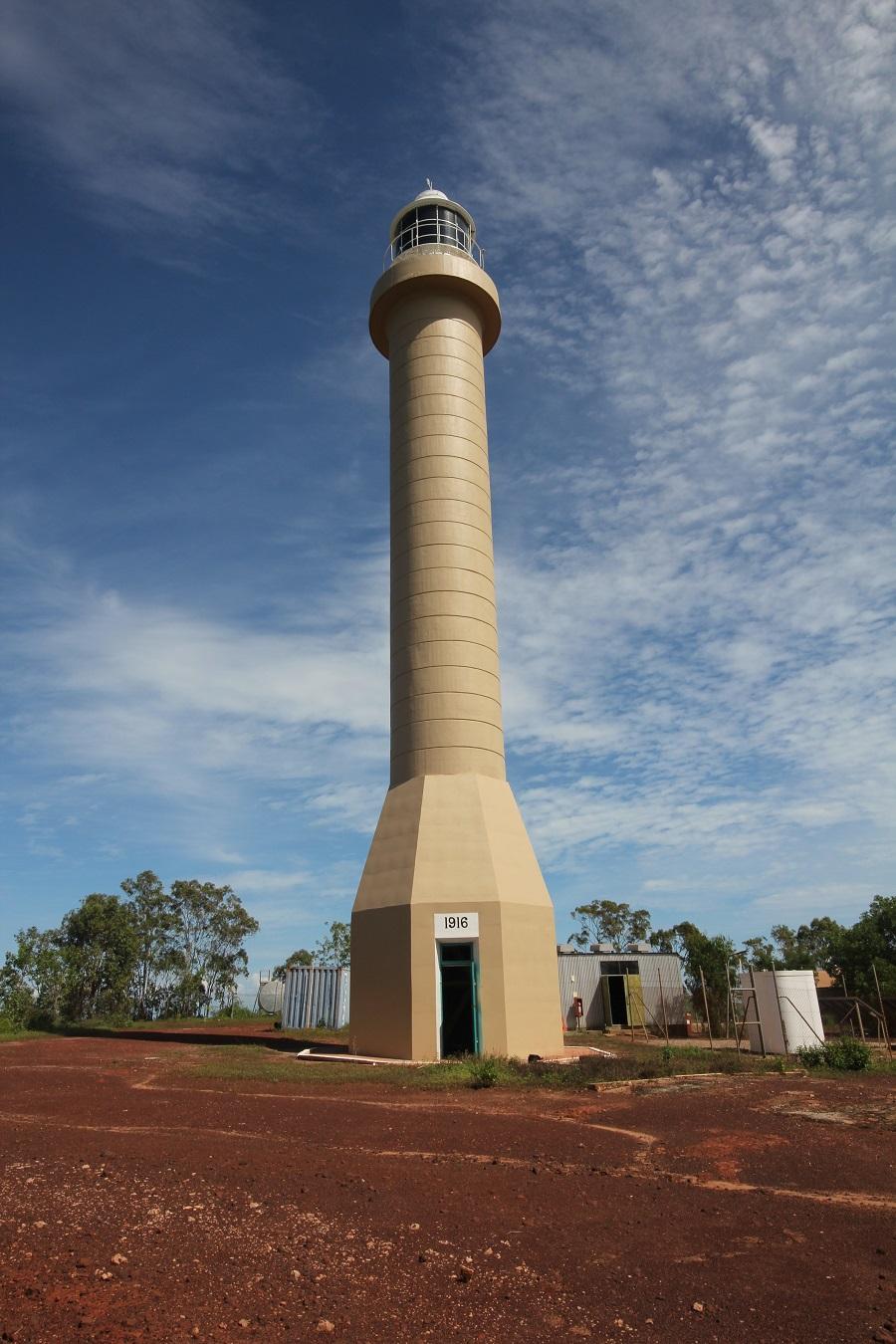
|
Heritage place 32: Charles Point (Northern Territory)
Constructed in 1893, the tower is 32 m high and hexagonal in plan. Its central iron tube with spiral staircase inside, and its skeleton of iron columns and ties, stand on concrete footings. The design is unusual and one of only a handful of similar lighthouses in Australia. The components of the tower were fabricated in Adelaide and shipped to the site for assembly. The light was automated in 1933 and today runs on a low voltage solar power system.
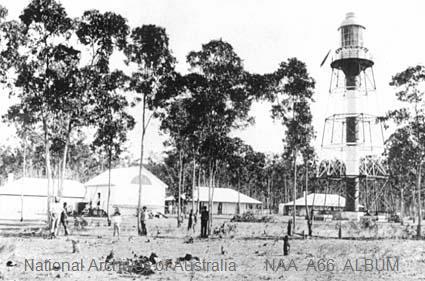
| 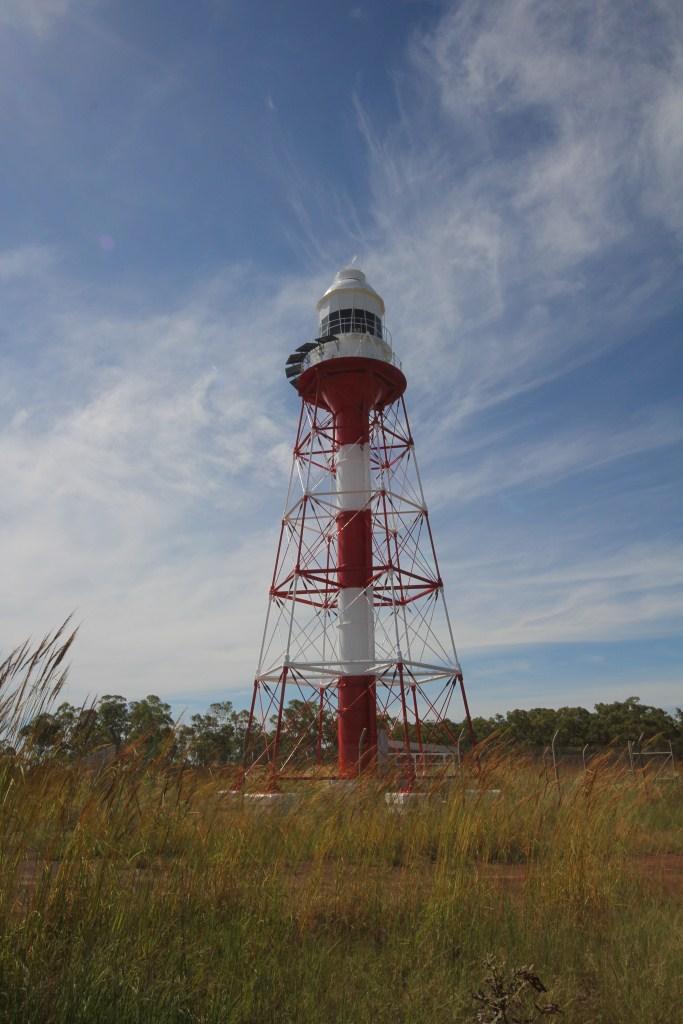
| 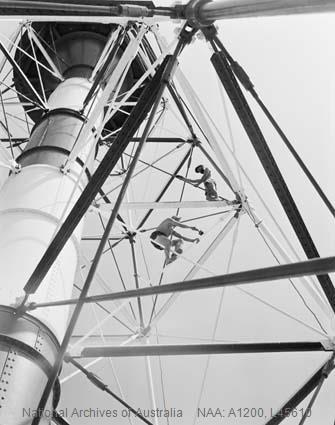
|
Heritage place 33: Cape Hotham (Northern Territory)
The Cape Hotham lighthouse was built in 1928 as an automatic acetylene- powered light. It is a typical example of the earliest Commonwealth Lighthouse Service lighthouses that were built to operate without lighthouse keepers. It retains the original Australian-made steel tower and the imported Chance Brothers lantern and lens. It has been converted to solar-electric lighting.
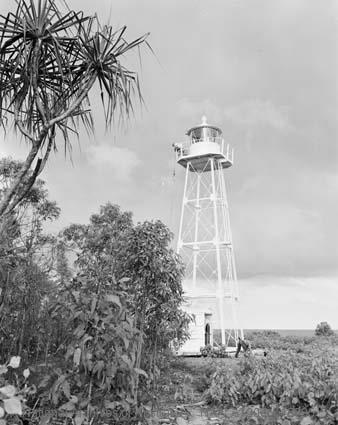
| 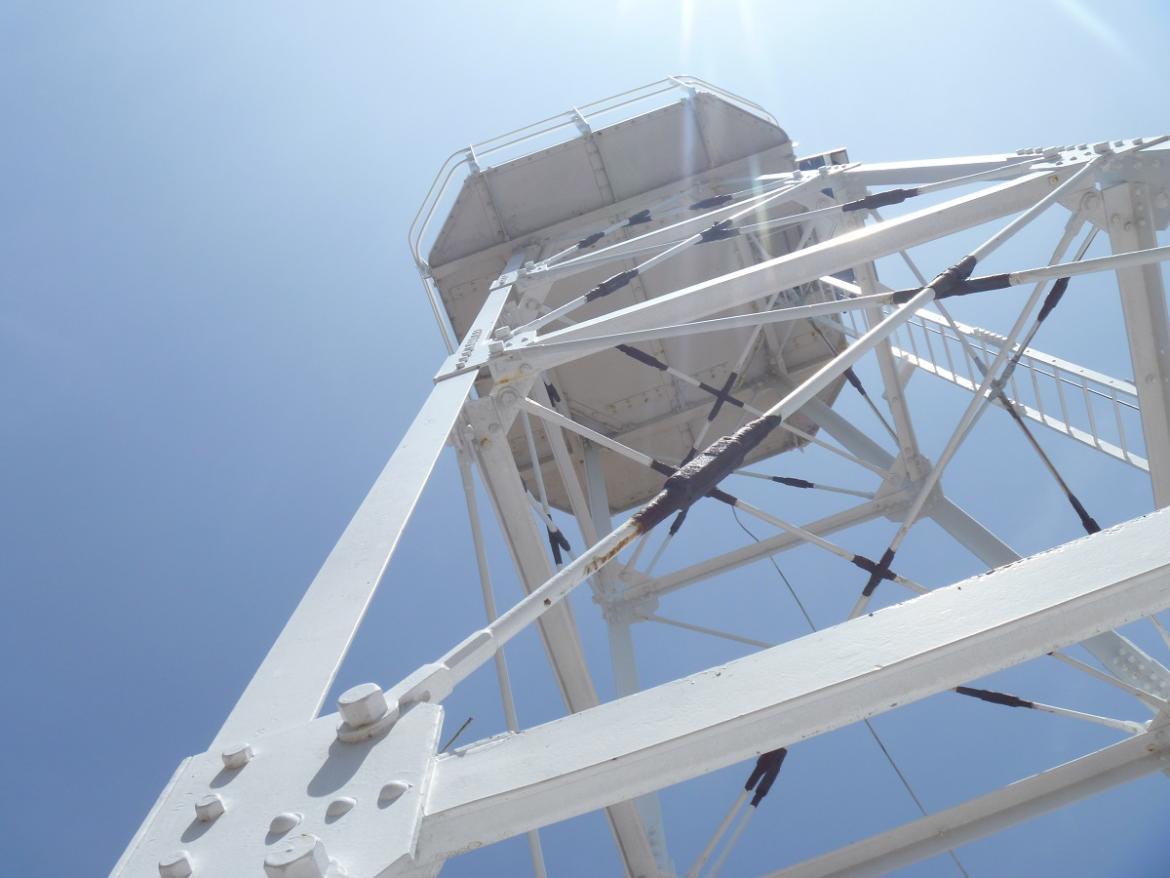
| 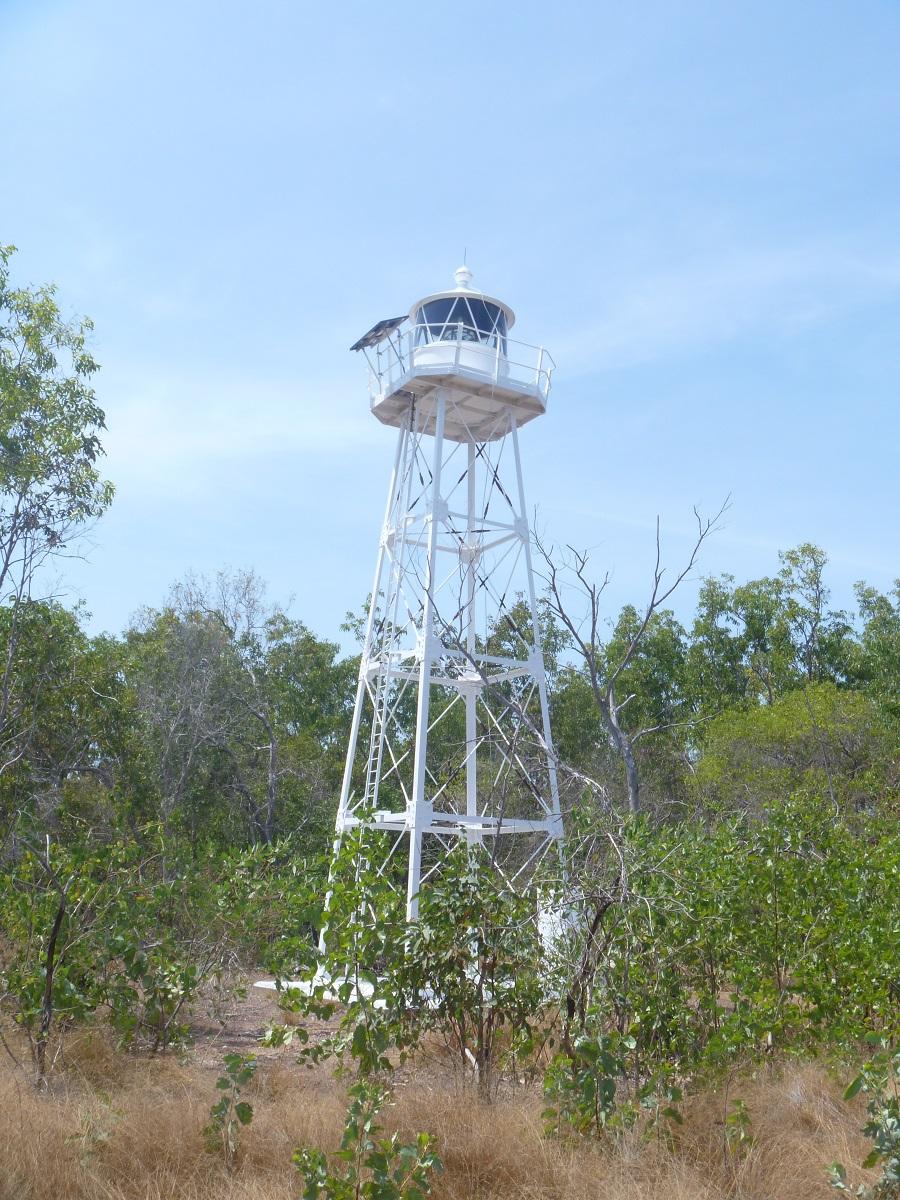
|
Heritage place 34: Cape Sorell (Tasmania)
Built in 1899 to serve the port of Strahan the 38 m tower was constructed using over 400,000 bricks. The light was automated in 1971 and in 1988 the original lens removed and replaced with a solar powered beacon.
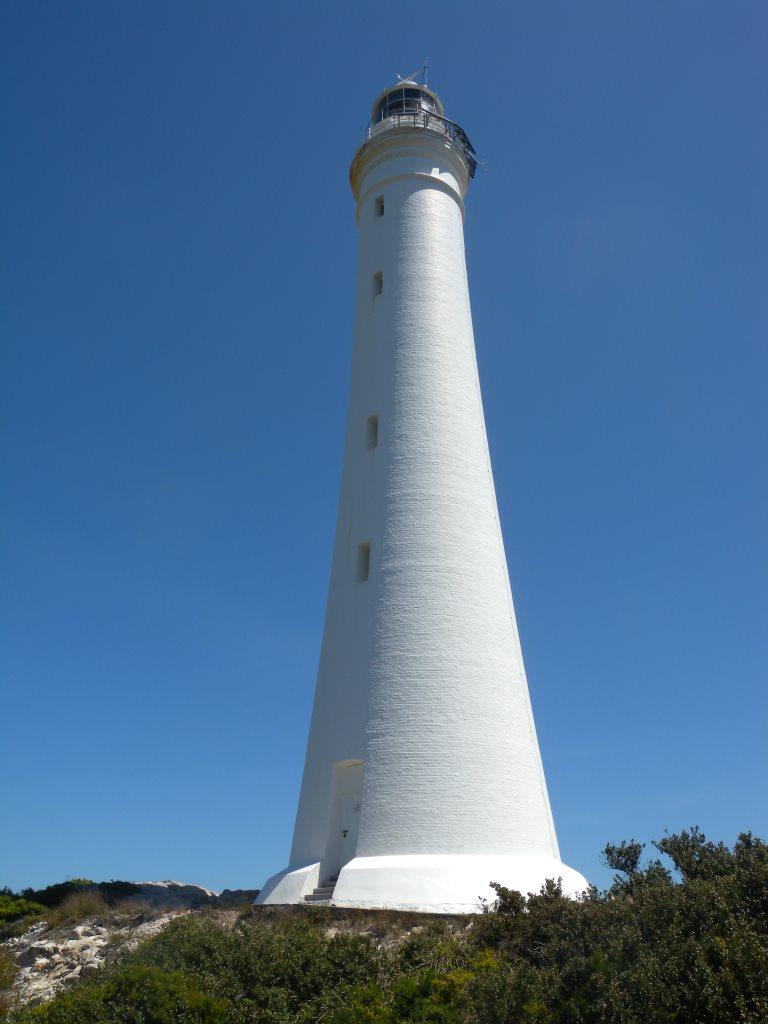
| 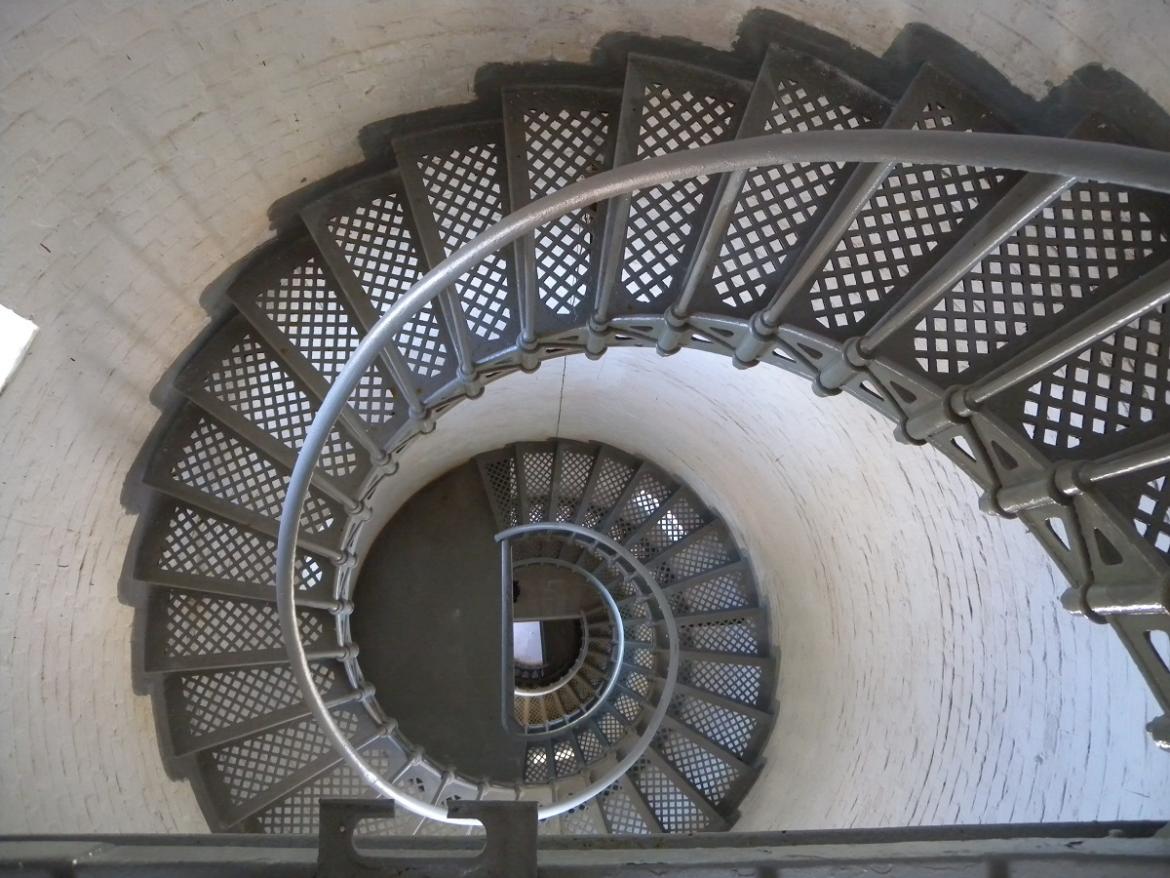
|
Heritage place 35: Cape Wickham (Tasmania)
Constructed in 1861 and standing 48 m, Cape Wickham lighthouse is the tallest in Australia, and one of a series of lighthouses erected to light the dangers of King Island and the western entrance to Bass Strait. King Island was the scene of Australia’s largest maritime disaster when the emigrant ship Cataraqui wrecked, with the loss of 400 lives.
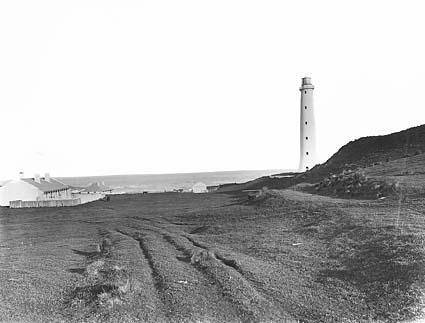
| 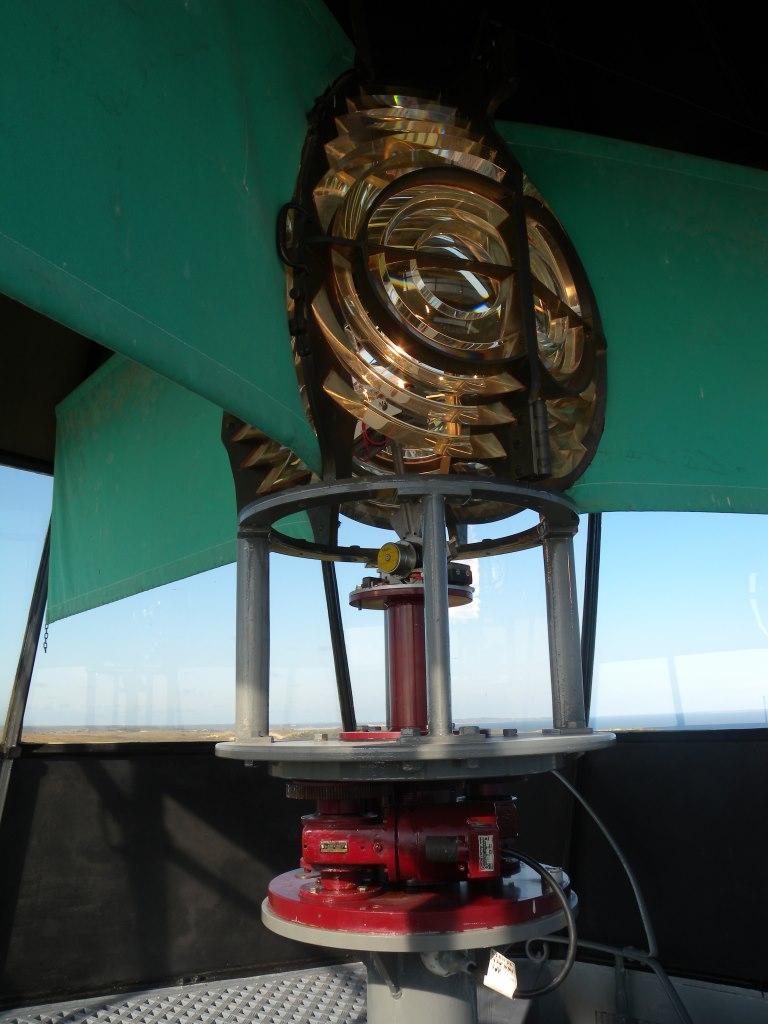
| 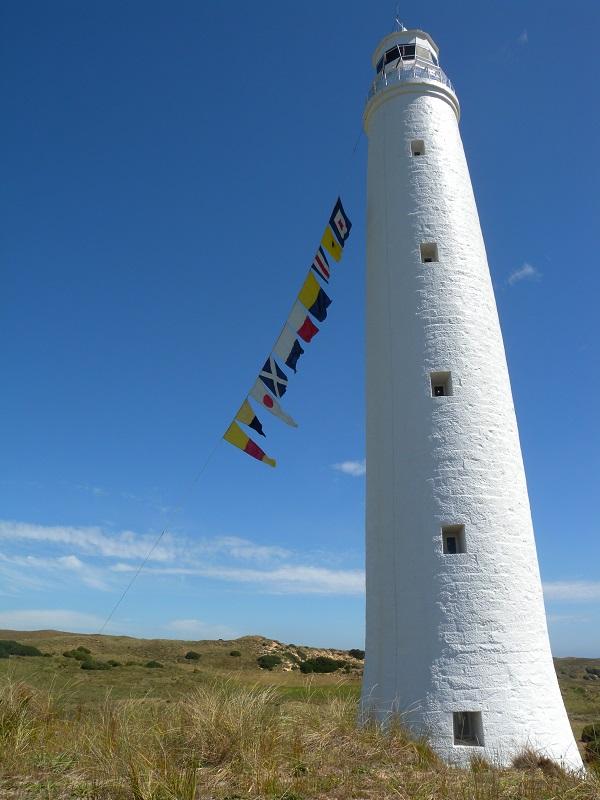
|
Heritage place 36: Eddystone Point (Tasmania)
Eddystone Point lighthouse was first exhibited in 1889 and is constructed of local granite. The 37 m tall lighthouse was built with a Chance Brothers lantern and was fitted with the original lens from Cape Du Couedic in South Australia in 1961.
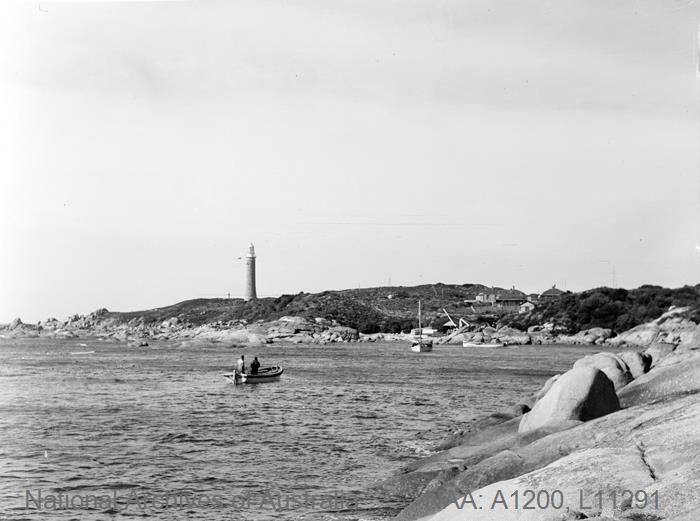
| 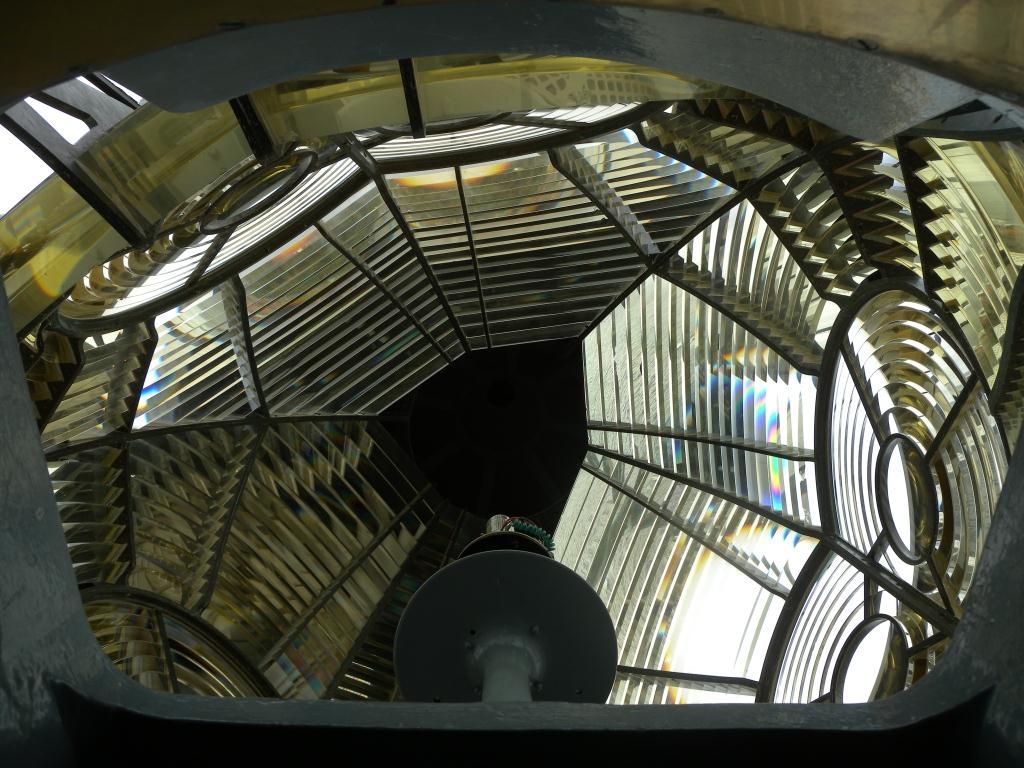
| 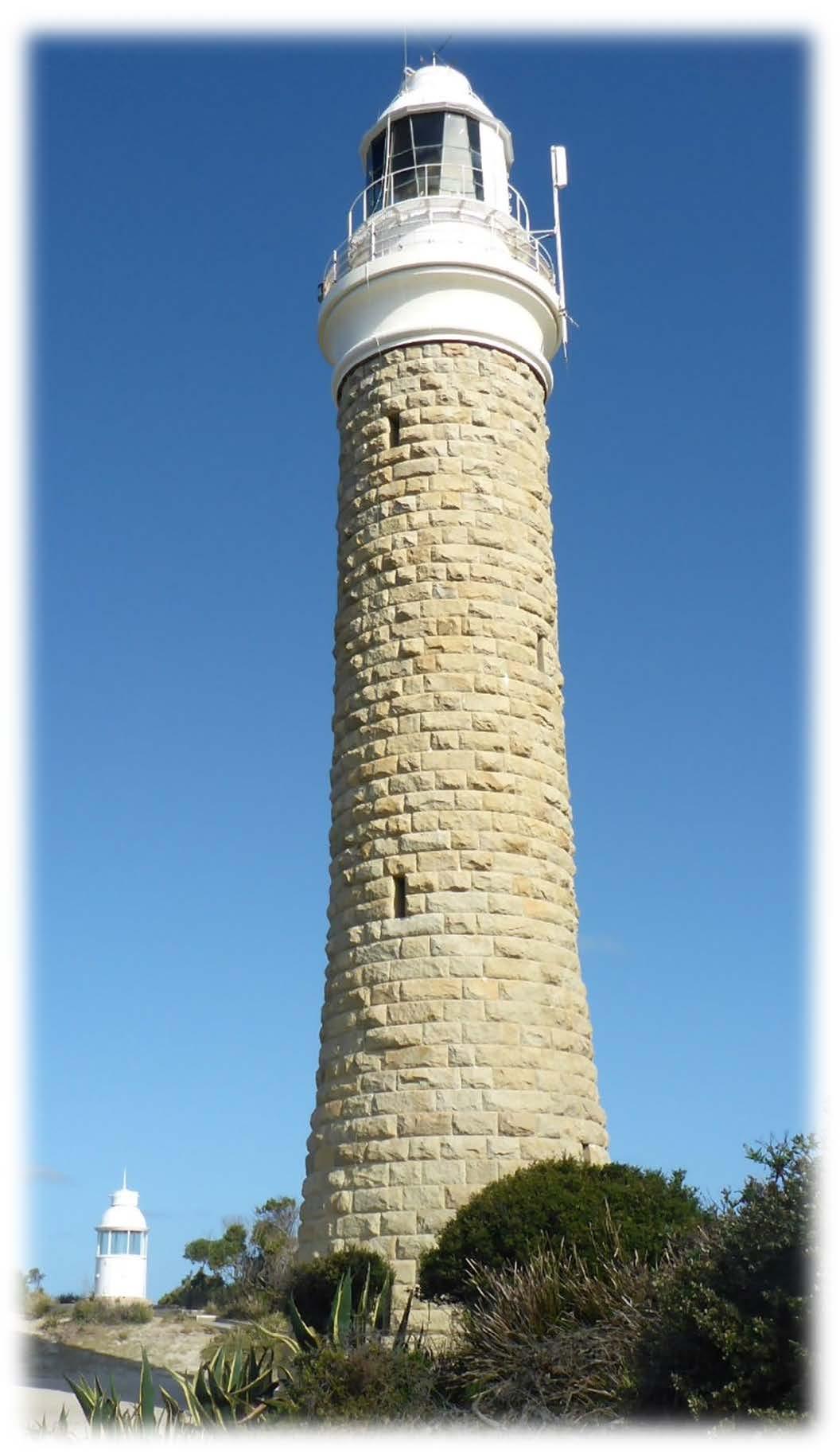
|
Heritage place 38: Mersey Bluff (Tasmania)
The Mersey Bluff lighthouse was built in 1889 to mark the approach to Devonport, Tasmania. The tower is constructed of brick on a stone base and still houses the original Chance Brothers lantern room and lens. The distinctive red vertical stripes were added to the outside of the lighthouse in 1929.
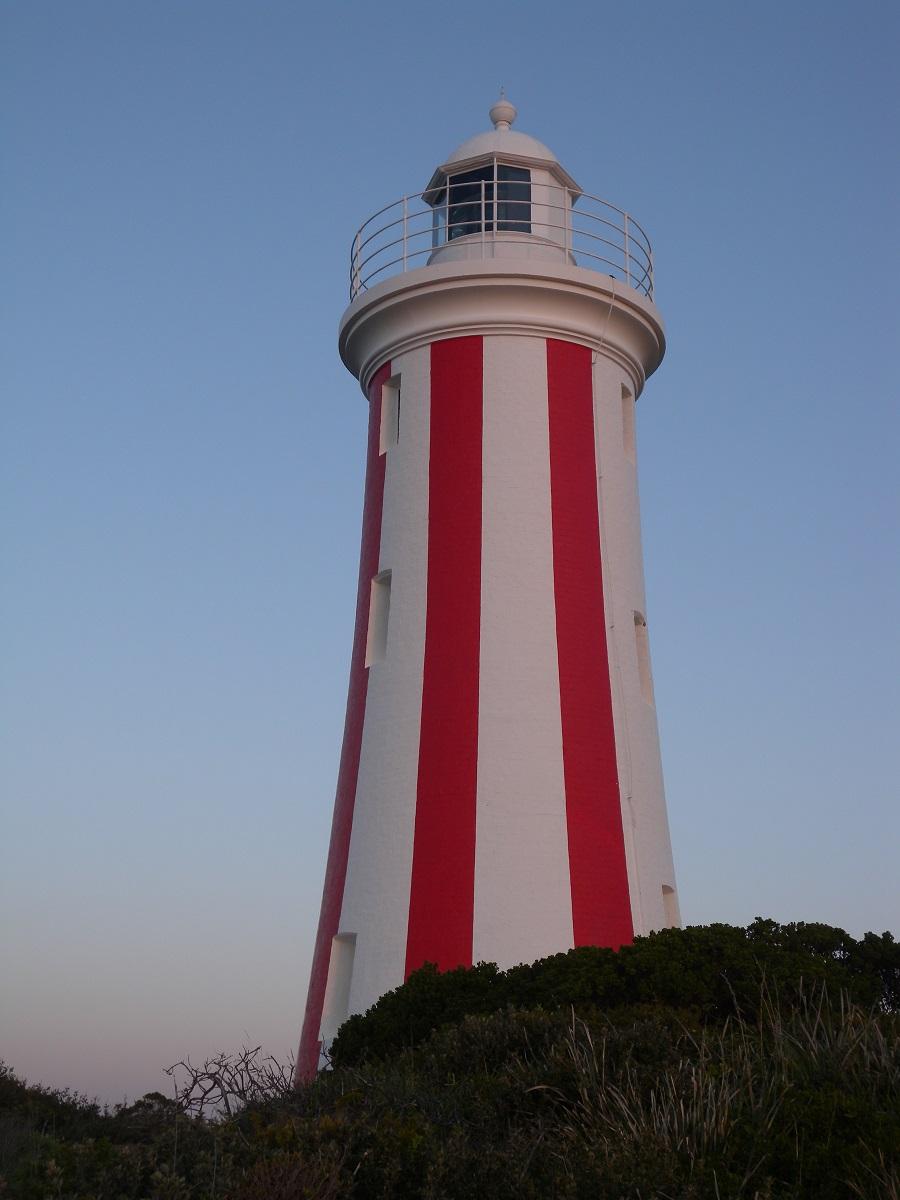
| 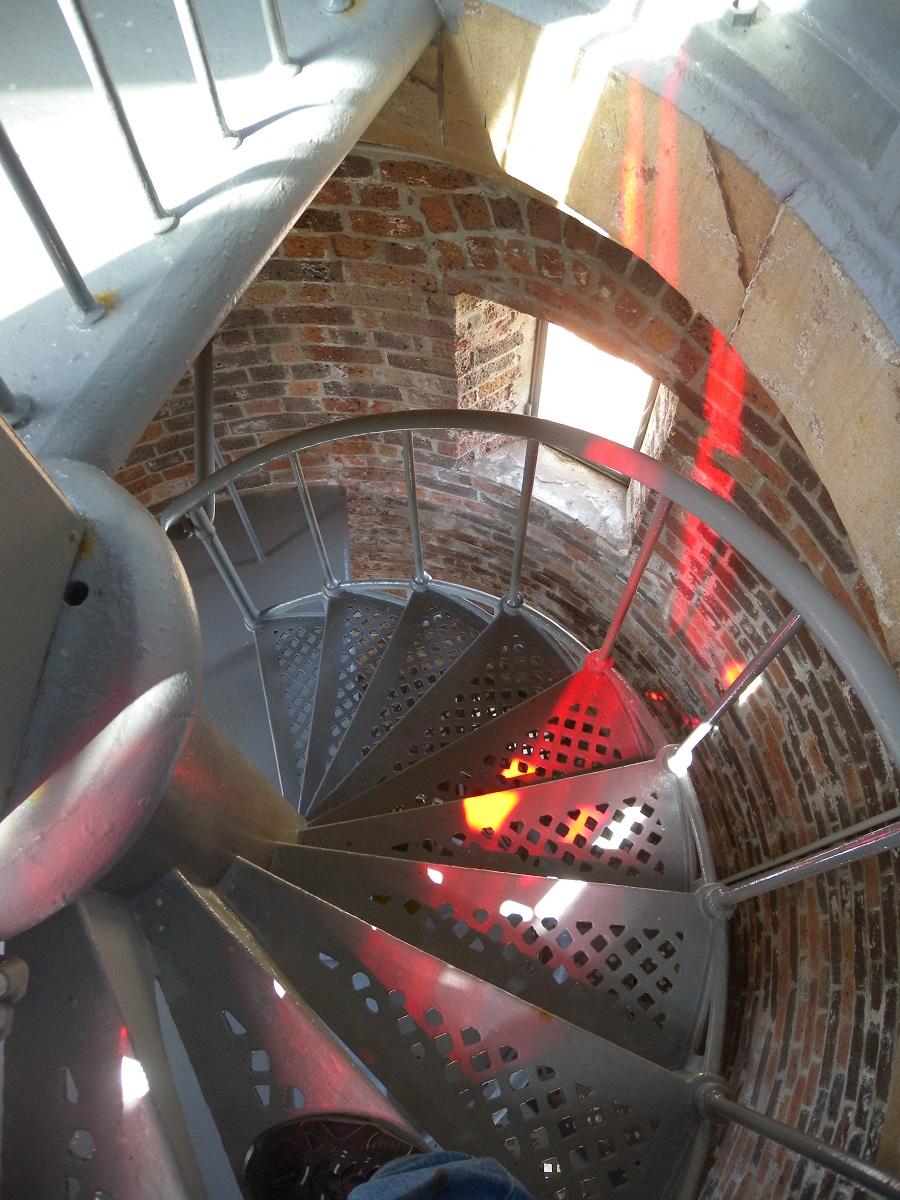
|
Heritage place 39: Swan Island (Tasmania)
Swan Island lighthouse is the oldest AMSA managed lighthouse. It was built in 1845 by ex- convict architect Charles Watson and his team of 20 convicts. The island is located off the North East tip of Tasmania and was automated in 1985 and de-staffed in 1986.
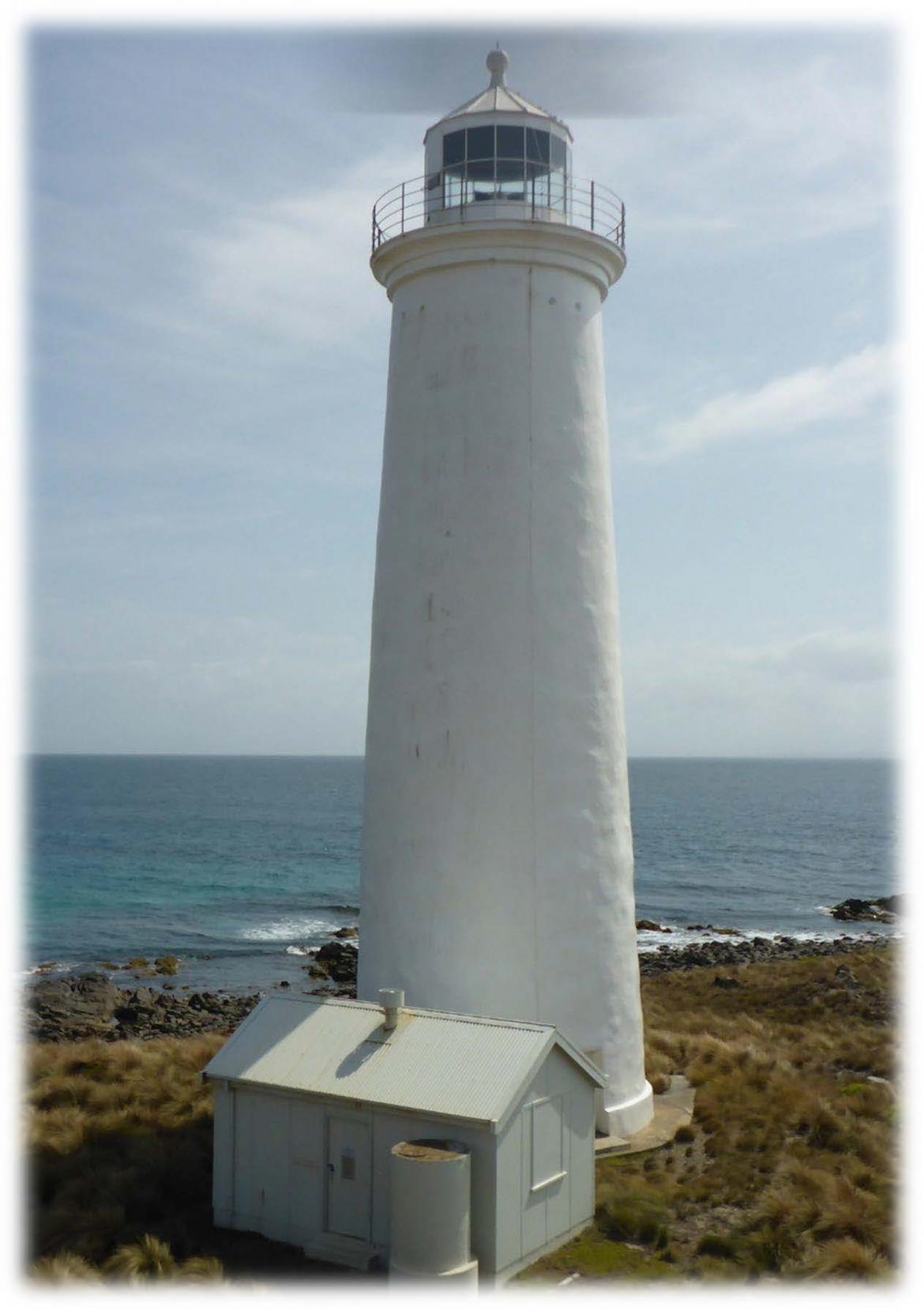
| 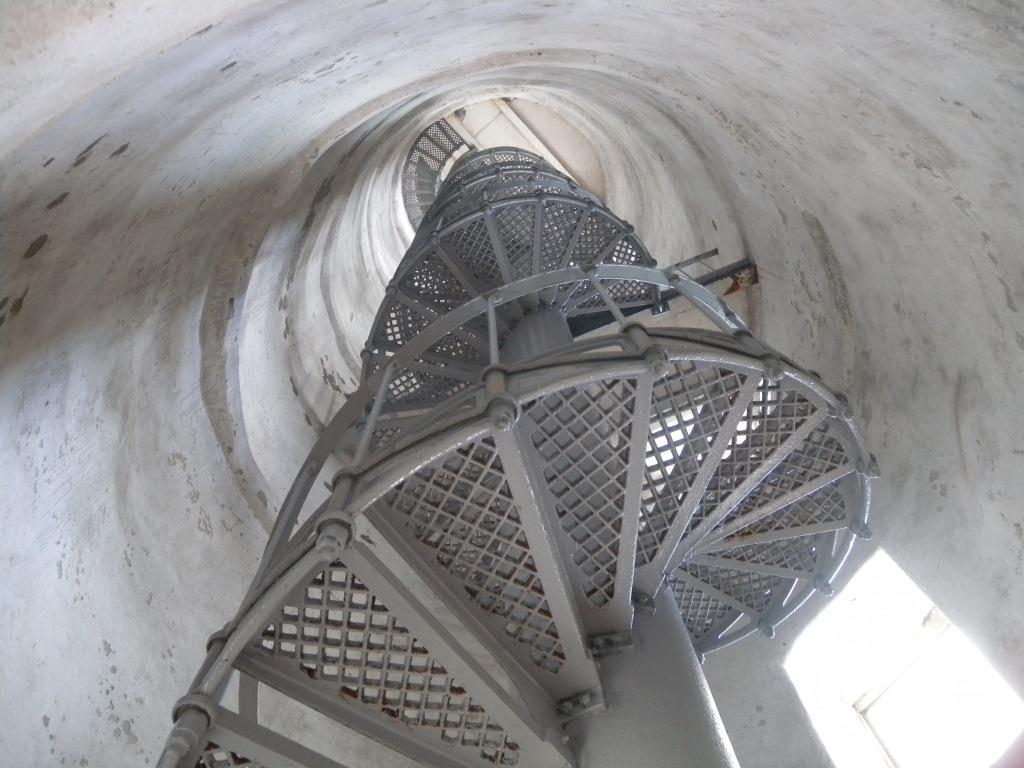
| 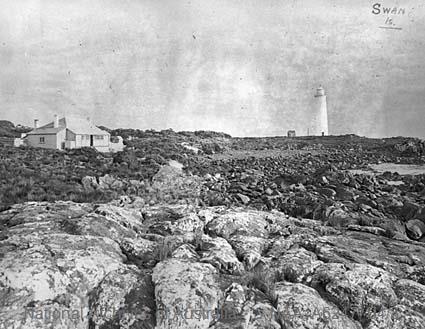
|